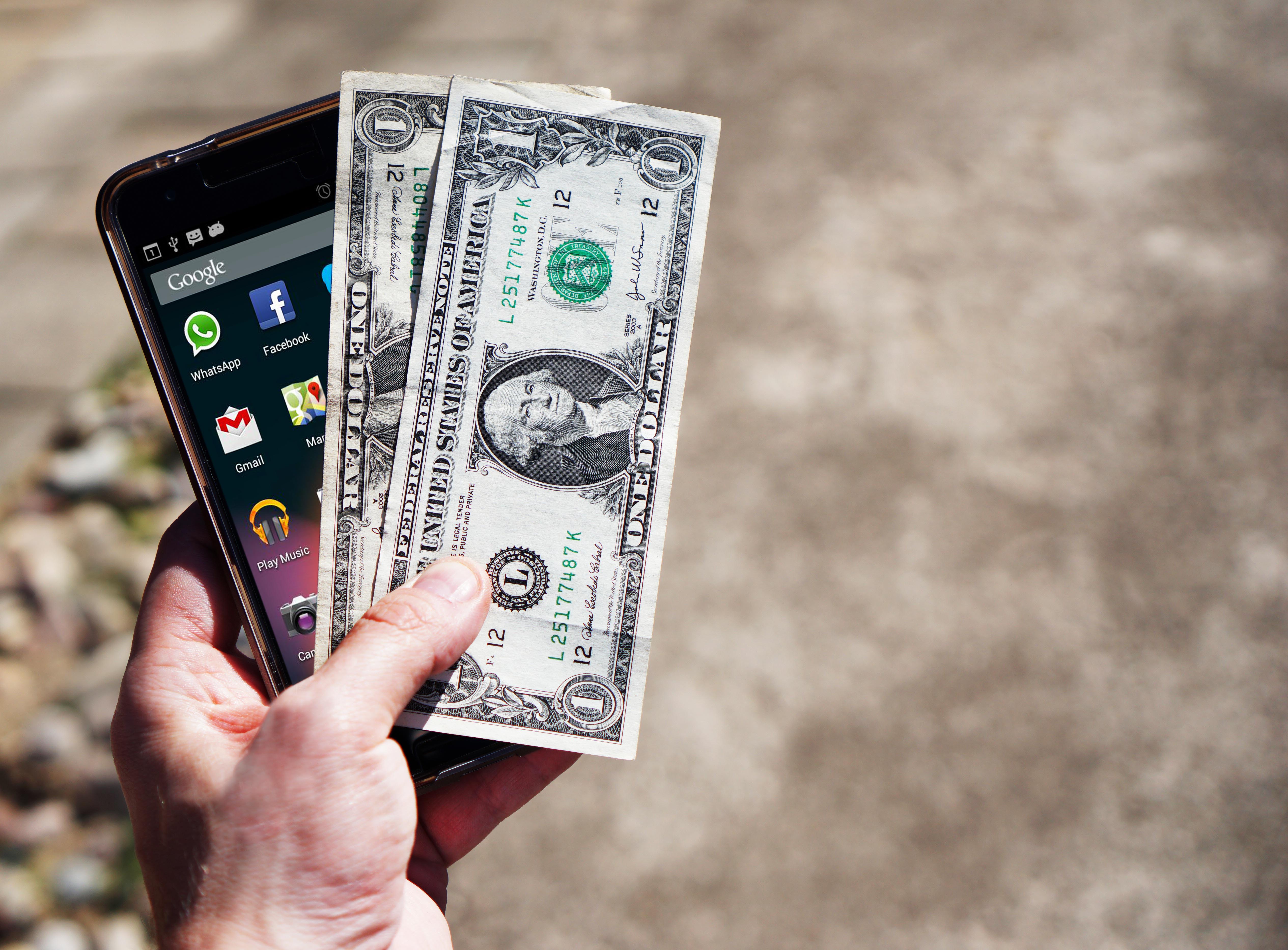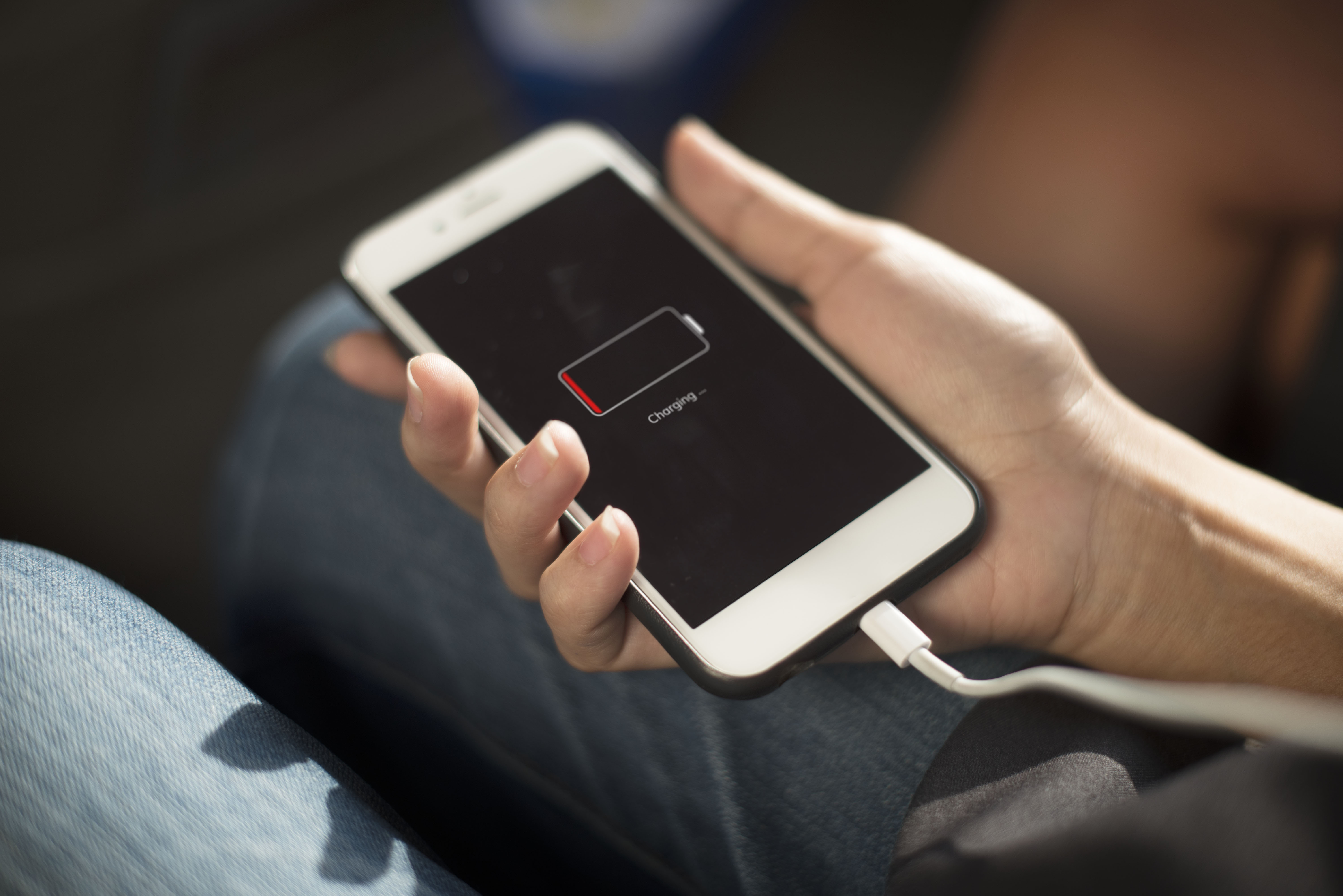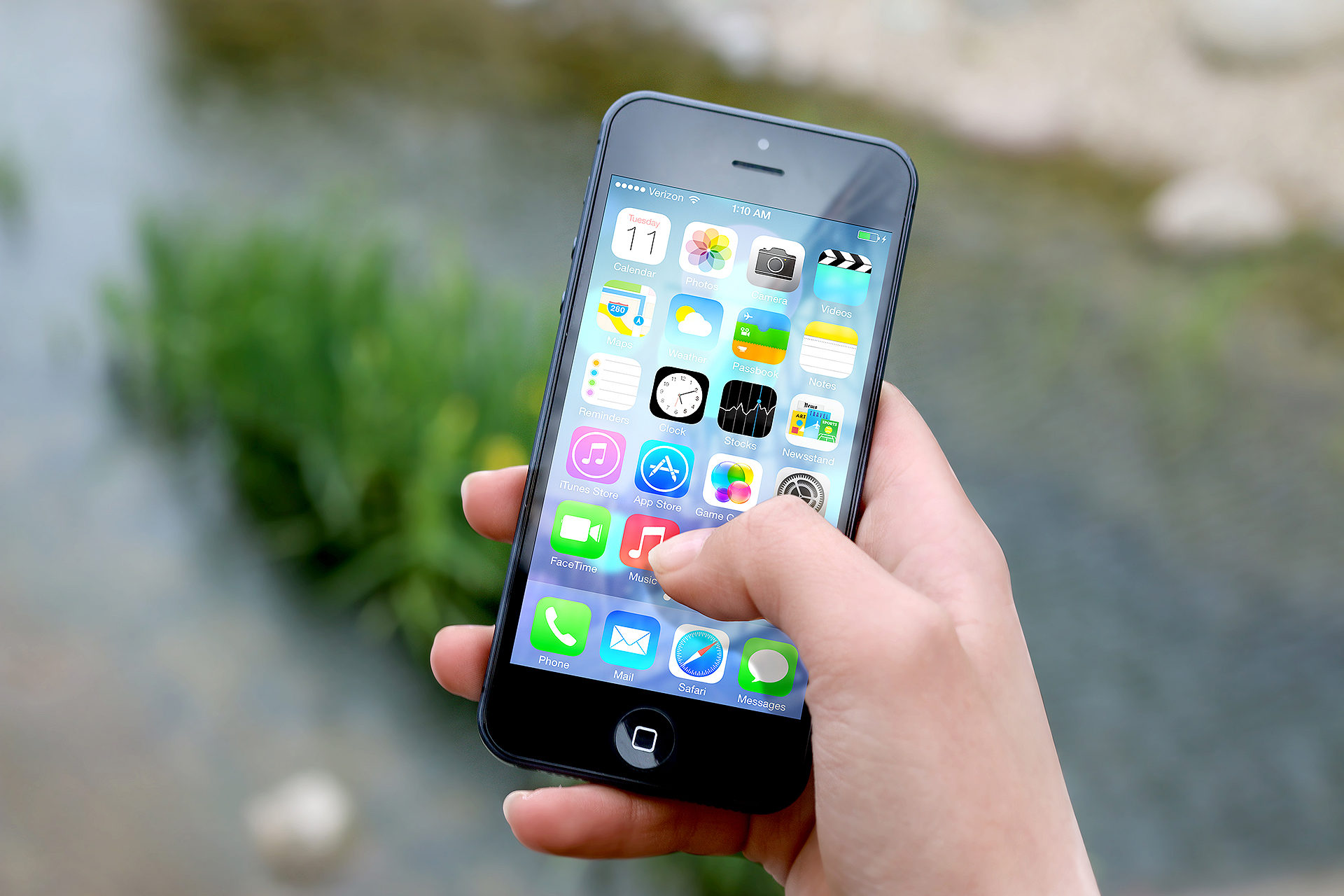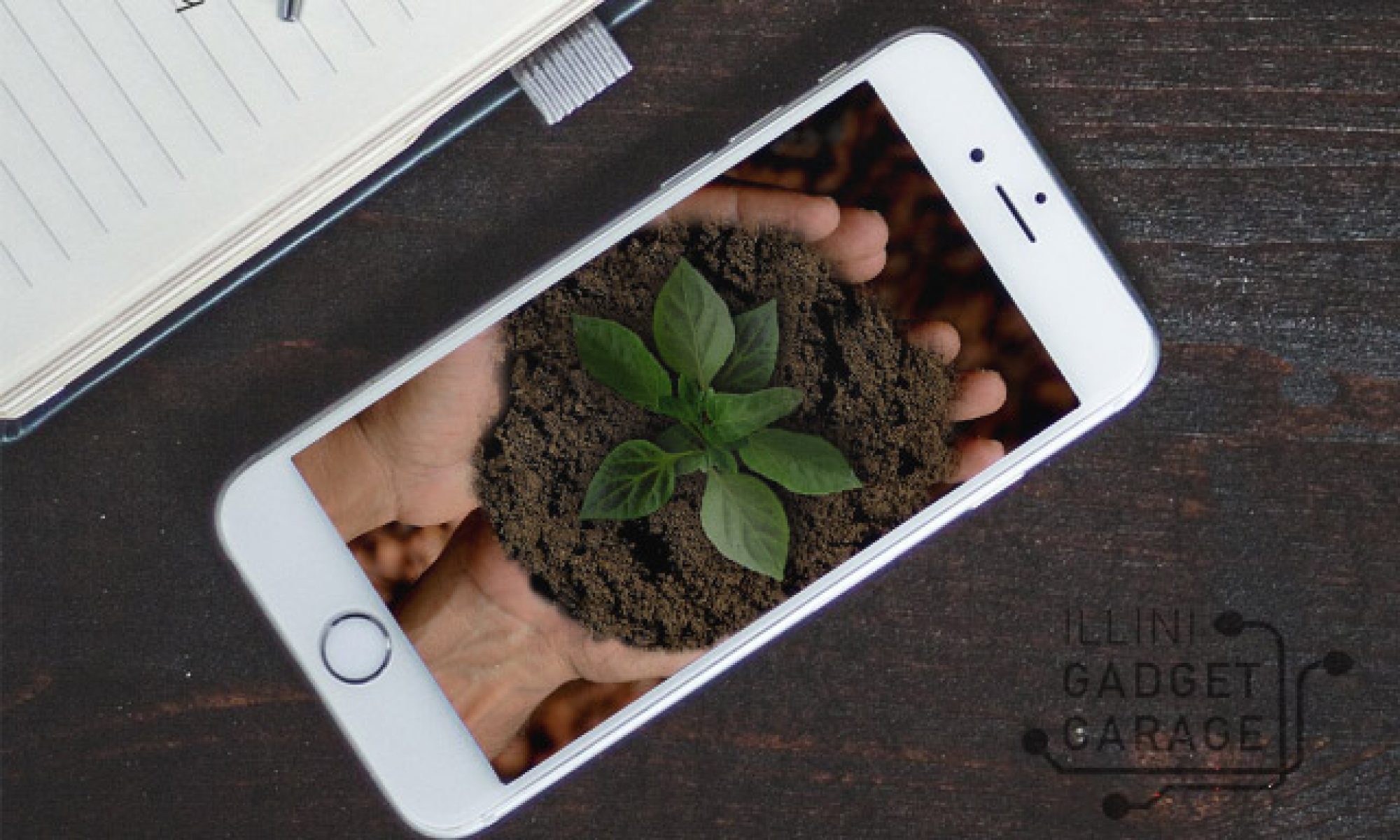The average lifespan for a smartphone in America these days is about 21 months. If you’ve spent a small fortune on a new smart phone, 21 months can feel like a ridiculously short amount of time before shelling out another small fortune for the next working model and over time, these numbers add up. At a 21 month lifespan, an individual will go through 5-6 phones in 10 years… which means if each device cost a flat $600 you’d spend $3,000 in ten years time. If we’re looking at repeatedly buying iPhone X type phones then that figure goes up to $5,000 and none of this cost even includes the service fees, this is just the phone itself.

So what can be done to keep some of our hard earned green? Try to treat it like another large purchase, like your vehicle, rather than the recyclable cardboard box your device came packaged in. Your phone can last you longer than 21 months, but it’s going to take a bit of care on your part to do it. Just like cars need oil changes, batteries, and tires to keep chugging along, some TLC for your phone can keep it in working order. Here are a few basic ways to keep your smartphone kicking.
Use a device with Removable Batteries (if possible)
When shopping for a phone, it’s a great idea to look for a device to that has a removable battery that you can easily access. Many phone manufacturers these days seal the batteries into their devices to make them more water and dust resistant, but also because they know that once that battery doesn’t hold a charge after two years or so that you’ll be shopping for a new device. When you don’t have easy access to a changeable battery, it can lead people to believe the phone has reached the end of it’s usable life; this practice by manufactures is called planned obsolescence where items are deliberately designed to fail so that you’re encouraged to go purchase new items from them.
If you’re unable to purchase a device with a removable battery or currently have a smartphone with a battery sealed in, there is still hope. When your battery eventually wears down, you or a local repair shop can open your device and swap out the old battery for a new one.
Use a Case

Once you have your new device, it’s important to do what you can to keep it from being damaged. Accidents happen, no doubt, but being prepared can help to avoid some of the worst of them. With glass as the exterior for the front and back of many of today’s smartphones, you want a case that can take an impact, and considering the cost of your new device, it’s well worth it to spend some money protecting your investment. More common brands like OtterBox, Spigen, and Speck are likely to have different lines of protection that will fit your wants and your device’s needs from basic and slim clear cases to more rugged and water resistant designs. Whichever case you decide on purchasing, it’s a good idea to read customer reviews to see how effective other individuals found the case to be in protecting their device.
Use a Screen Protector
While they’re not as necessary now as they were with earlier model phones as many current smartphones are being developed with scratch resistant Gorilla Glass, it’s still an extra layer of protection available to you. It’s important to remember that even though the Gorilla Glass is designed to be susceptible to fewer scratches than the average glass screen, it’s still made of glass, a very fragile substance. Scratches or imperfections in the glass make it more susceptible to cracking, much in the same way that glass cutters score glass sheets in order to make a clean break. It’s also worth mentioning that if you find yourself frequently around sand, a screen protector is a great investment as sand is enough of an abrasive that it can easily damage even Gorilla Glass.
Charge your Phone Appropriately

The lithium-ion batteries found in most smartphones today don’t like being drained completely – or charged completely for that matter. They act a bit like Goldilocks and function optimally at the “just right” range for them which is between 40 and 80 percent. Lithium-ion batteries like little charges during the day to keep it in it’s “just right” range. Constantly charging your device to a full 100 percent isn’t great for your lithium ion battery either; it’s not inherently fatal, but done repetitiously it will cause a reduction in the battery’s overall lifespan. However you end up charging your device, it’s best not to let lithium-ion batteries drop below 20 percent. Exceptions to this rule are when you cycle the battery, which is essentially a recalibration. When cycling a battery – which should only be done maybe once a month – you drain the battery to 0 and then charge fully to 100 percent. It’s also important to try and keep your battery away from too hot or too cold conditions for optimal performance.
Use the Correct Charger
This may not seem like something important, but it can be very helpful to your device. The charger that comes with your device is designed specifically for your device and your battery. If you purchase a secondary cable, make sure the power supply is compatible with what your device requires and what your battery needs. We’ve had a few individuals stop into the Garage who were convinced that their devices were dead, but just were using a different charger that didn’t provide enough power to the device.
Clean up the Internal Clutter

Aside from battery failure, most people decide to get new devices when they’ve run out of space on their device. Sometimes this means simply going through and deleting old apps that you no longer use; other times, it may involve transferring your apps, photos, videos, music, etc. to an external memory resource like an SD card, Mophie case, or a cloud application like iCloud or Google Drive to store them. Freeing up space can help your device run faster and gives you space to do important software updates that keep your device functioning longer.
*A way to free up a bit of space quickly is by clearing the system cache (pronounced cash). Cache stores information from things you’ve pulled up on your device, like background information on webpages, images, etc. so that they’re ready to load quickly should you need them again. – You can think of cache as something like your kitchen countertop. When you’re cooking you’re getting out all the ingredients and tools you need to make a meal. Once the meal is prepared, all of the stuff just sits out on the counter waiting for you to use it again. So, clearing the cache is essentially clearing off the countertop.
Last but not least, Repair!
Time and use will wear out your devices; things will break. Keep your devices running by having them repaired or repairing them yourself. Some models and replacement parts are easier than others to find, purchase, and repair, but keeping the device running longer keeps a substantial amount of money from being spent on a new device. Not to mention that keeping you phone in your pocket helps to keep them from ending up in landfills.

